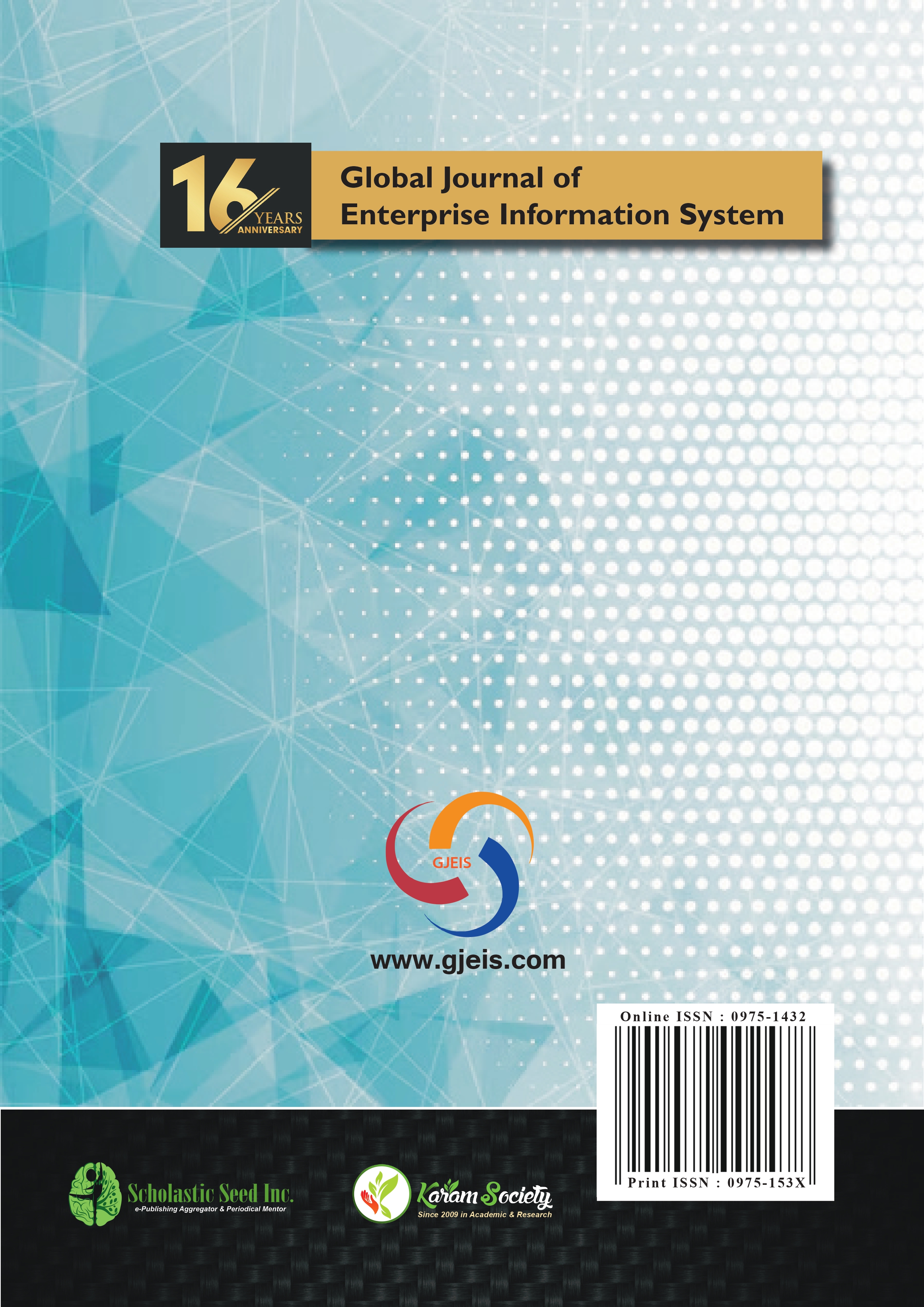Deep Learning Techniques for Automatic Prediction of Deviation in Left Ventricular for Heart Failure in 2D Echocardiography
Abstract
Purpose: A greatly adaptable machine studying called deep learning technique has developed that can automatically Predict the Deviations in Left Ventricular for Heart Failure in 2D Echocardiography
Design/Methodology/Approach: Video-based deep learning program for object identification by definite detectors relied on the slice and fuse scheme, Retinal-SliceNet, which employs an allied, sole network having end-to-end training that dividing the left ventricle by dual attention Network in the Revebration labeling is extricated by picture denoising that sifts the denoised picture whose attribute is removed by administering controlled program DCNN called EchoNet-Dynamic exceeding the execution of human masteries in the crucial assignment of dividing the left ventricle; this is aimed at echocardiogram videos wherein the aimed paradigm precisely divides left ventricle having a dice Similarity coefficient of 0.92
Findings: The proposed structure is examined using cardiac illness data, and then the examining and preparing data are compared, yielding better outcomes with a veracity of 98%. Regarding the left ventricle’s ejection fraction, outcomes are additionally compared and contradicted having an average association coefficient of 0.83 and an absolute average error of 5.0% creating outliers (region below the curve), which are narrowly under the intraobserver border. In this context, regions for enhancement are proffered. This outcome exhibits that our system is effectual to presage cardiac arrest.
Originality Value: A novel Approach such as Dissection and Artifacts Disposal used to presage cardiac arrest. Additionally, Improved technique of the DCNN paradigm training are discussed .Fast Fourier transform with Deep Convoluted Neural Network (FFT-DCNN) used as a better approach to speed-up the Convolution in frequency domain.
Copyright (c) 2023 Global Journal of Enterprise Information System

This work is licensed under a Creative Commons Attribution-NonCommercial-NoDerivatives 4.0 International License.








